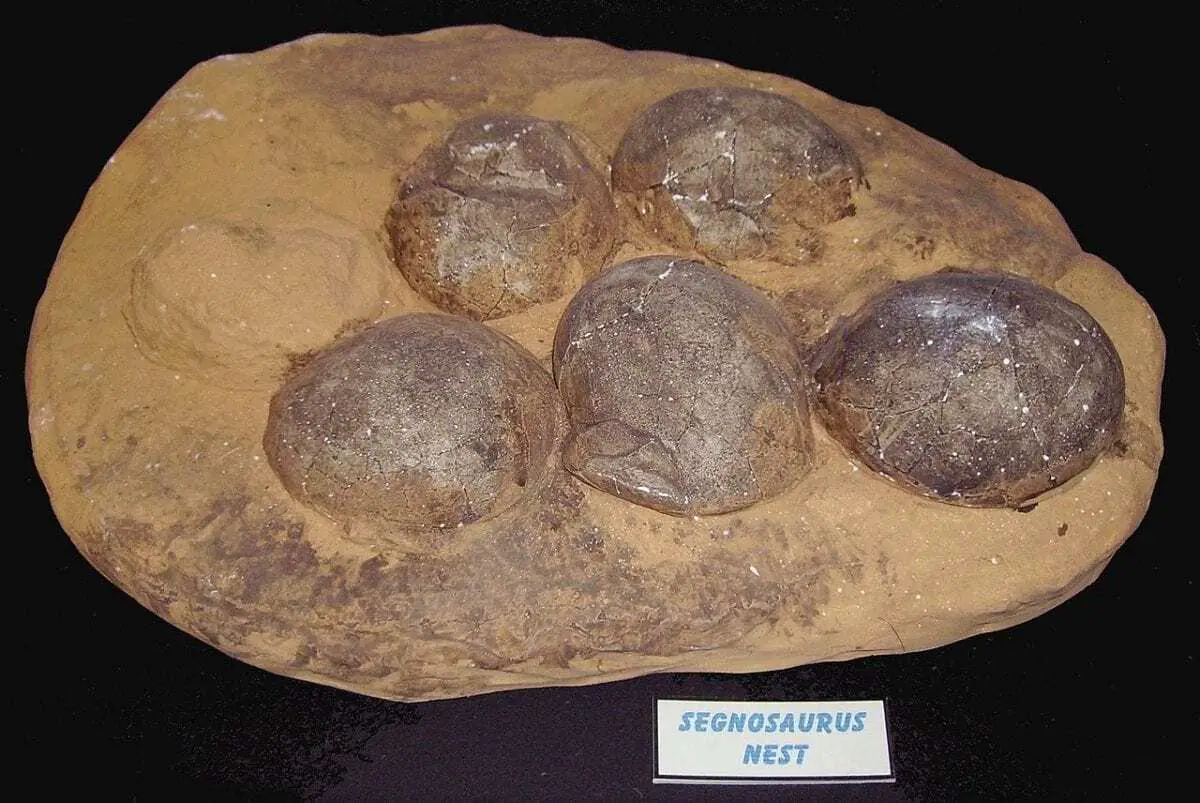An international team of researchers led by Robert Reisz of the Department of Biology at the University of Toronto Mississauga studied the fossilized remains of eggs and eggshells discovered at sites in Argentina, China and South Africa, widely separated regions of the supercontinent Pangea.
At 195 million years old, they are the earliest known eggs in the fossil record, and surprisingly they were all laid by a group of stem sauropods—long-necked herbivores that ranged in size from four to eight metres in length, and were the most common and widely spread dinosaurs of their time.
Reisz is puzzled by the fact that “reptile and mammal precursors appear as skeletons in the fossil record starting 316 million years ago, yet we know nothing of their eggs and eggshells until 195 million years ago. It’s a great mystery that eggs suddenly show up at this point, but not earlier.”
Members of the team, including Drs. Koen Stein, Edina Prondvai and Jean-Marc Baele analyzed shell thickness, membrane, mineral content and distribution of pores, looking for clues about how and why these early eggs might have developed hard shells.
According to Dr. Koen Stein, lead author of the project, the eggs represent a significant step in the evolution of dinosaur reproduction. Spherical, and about the size of a goose egg, these dinosaur eggshells were paper-thin and brittle, much thinner than similar sized eggs of living birds. “We know that these early eggs had hard shells because during fossilization they cracked and broke, but the shell pieces retained their original curvature.” However, Dr. Edina Prondvai from Ghent University, who did the comparative analysis of relative shell and membrane thicknesses in a wide range of egg laying animals, is still surprised by the results of her analysis. “Even though preservation state of the eggs implies that they were rigid-shelled, their shell and membrane thickness clearly groups them with animals laying soft-shelled eggs, like snakes, most lizards and even the extinct flying reptiles, the pterosaurs.”
The authors argue that with the appearance of these hard-shelled eggs, a very different pattern of egg formation emerged, suggesting that something happened that caused eggshells to harden. The results of the study show that hard-shelled eggs evolved early in dinosaur evolution with thickening occurring independently in several groups. One possibility is that hard and eventually thicker shells may have evolved to shield fetal dinosaurs from predators.
Reisz says that the study raises a new host of questions for future investigation. “Why are these the first group of dinosaurs to have preserved eggs in the fossil record?” he says. “We would also like to understand is why dinosaurs and their descendants never developed viviparity (live birth), while other reptiles and mammals succeed in evolving this more advanced reproductive strategy.”
The study is co-authored by Koen Stein (Vrije Universiteit Brussel) and Edina Prondvai (Universiteit Gent & MTA-ELTE Lendület), Timothy Huang (Jilin University), Jean-Marc Baele (Université de Mons) and P. Martin Sander (Universität Bonn), is published in the journal Scientific Reports. It follows up on earlier research, published in 2012, that examined nests of Massospondylus embryos in eggs discovered at nesting sites in South Africa, and a 2013 publication on dinosaur embryology in Lufengosaurus from China.
Header Image Credit : Ballista







